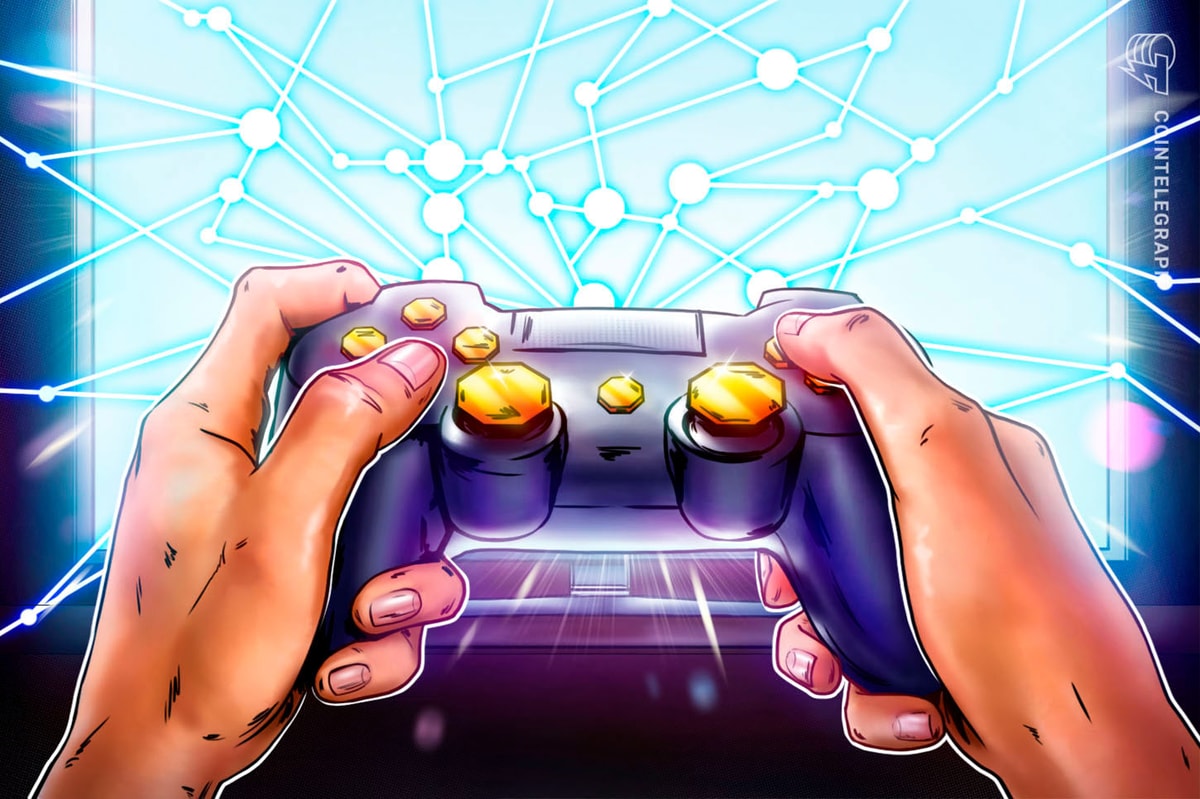Telecoms have played a massive role in facilitating the expanded use of unified communications apps such as Zoom, Microsoft Teams, Skype, and multiple social media platforms.
Fully functional networks have facilitated immense connectivity for families, businesses, and individuals worldwide, namely during the COVID-19 pandemic. The meteoric rise of virtual, augmented, mixed, and extended reality (VR/AR/MR/XR) solutions recently triggered a surge in demand for network infrastructure, forcing telecoms to innovate and strategise coverage across user demographics.
XR Today spoke to Andrew Bennett, Assistant Vice President for Mass Market 5G Products at AT&T on the sidelines of the Immerse Global Summit (IGS) 2022 in Miami. He discussed building stable, reliable, and future-proof networks for the rising spatial communications platform.
XR Today: Could you explain which use cases AT&T has targeted and why they are important for consumers, namely as it focuses on new metaverse solutions?
Andrew Bennett: To continue leading as a connectivity provider, it’s important to ‘spread the chips across the board’ and explore multiple use cases. We understand that different groups are exploring the Metaverse in their own ways and make sure we take a similar strategy.
This takes place across the players today, all the way up to the Metas of the world, while considering how our networks will support the growth. This is critical as the killer use case could be months or a year away, or even right under our noses.
XR Today: Why is it key for AT&T to have a long-term metaverse strategy, namely after the lessons of COVID-19, and how will this benefit enterprises in the future?
Andrew Bennett: The majority of wireless capacity was consumed in dense urban environments with higher population density.
As people began leaving the city for the suburbs and elsewhere, we reviewed our current and future infrastructure as customers changed their usage patterns. The Metaverse experienced similar groundswells, but it will eventually hit that ‘hockey stick’ [of market maturity].
It’s important to prepare for those inflexion point events, especially after COVID-19 changed the way we work. The Metaverse and XR have tremendous opportunities to advance remote work by boosting collaboration and improving training.
One of the panellists from earlier today mentioned that remote work and remote learning create additional opportunities to receive immersive classroom experiences outside the classroom.
We have to consider all use cases and the ever-changing circumstances across the world.
The Metaverse creates immersive experiences we once could not imagine, such as meeting in a shared virtual conference room. Now, I can put on my VR glasses for a couple of hours and get the same experience as if I was in person.
XR Today: Which are some of the low latency-based technologies AT&T (cloud/edge) has been deploying and what are their benefits?
Andrew Bennett: Generally, we use the mass market lens. We deploy 5G, fibre broadband, a brand new 5G network core, and boosting edge network nodes. This brings computing and content as close to the customer as possible to receive low-latency experiences.
For XR applications, latency is key as many XR applications are not hugely bandwidth intensive. This is important to reduce motion sickness, enhance gameplay, and boost reaction times for remote working. Professionals using remote-controlled robots also depend on low-latency networks while using VR, especially for mission-critical tasks.
XR Today: What does 6G promise to deliver for enterprises, and how will this help to realise Industry 4.0?
Andrew Bennett: We’re currently participating in industry forums and our lab teams are discussing this with global leaders in 6G. Regarding 5G, we’re deploying these networks, and plan to reveal more in due course.
The first millimetre-wave node went live in 2018, but we’re still in the early stages of 5G. In terms of a true nationwide 5G footprint, that took place from 2020 to 2021.
We’re currently deploying mid-band networks and 5G still has a ton of runway. In the early days of 4G, we never realised data would play such a key role, or that the Ubers, YouTubes, and Netflix’s of the world would stream so much data traffic on the network.
XR Today: Anything else you would like to add? What are your thoughts on the IGS 2022 Miami?
Andrew Bennett: The event space [at the Fontainebleau Hotel] is beautiful, and there’s been a great turnout here, and the energy surrounding the event is spectacular.
To be among thousands of people at this conference that are passionate about technology, it’s infectious to be around that energy and share the goal of advancing the immersive ecosystem.
Also, there are major benefits to participating in these events as a network provider such as engaging with the immersive ecosystem and understanding the future of this space.
We also assess whether we’re building the networks enabling the future. We want to learn as much as possible, reassess, and do more. That’s been the most beneficial part of the conference.
Read More: www.xrtoday.com









 Bitcoin
Bitcoin  Ethereum
Ethereum  Tether
Tether  XRP
XRP  Solana
Solana  USDC
USDC  Dogecoin
Dogecoin  TRON
TRON  Cardano
Cardano  Lido Staked Ether
Lido Staked Ether  Wrapped Bitcoin
Wrapped Bitcoin  LEO Token
LEO Token  Avalanche
Avalanche  Chainlink
Chainlink  Stellar
Stellar  Sui
Sui  Shiba Inu
Shiba Inu  USDS
USDS  Hedera
Hedera  Toncoin
Toncoin  Bitcoin Cash
Bitcoin Cash  Wrapped stETH
Wrapped stETH  MANTRA
MANTRA  Litecoin
Litecoin  Polkadot
Polkadot  Hyperliquid
Hyperliquid  Pi Network
Pi Network  Binance Bridged USDT (BNB Smart Chain)
Binance Bridged USDT (BNB Smart Chain)  Bitget Token
Bitget Token  Ethena USDe
Ethena USDe  WETH
WETH  WhiteBIT Coin
WhiteBIT Coin  Monero
Monero  Wrapped eETH
Wrapped eETH  OKB
OKB  Uniswap
Uniswap  Dai
Dai  Coinbase Wrapped BTC
Coinbase Wrapped BTC  Aptos
Aptos  Pepe
Pepe  Ondo
Ondo  Gate
Gate  Tokenize Xchange
Tokenize Xchange  NEAR Protocol
NEAR Protocol  sUSDS
sUSDS  Internet Computer
Internet Computer  BlackRock USD Institutional Digital Liquidity Fund
BlackRock USD Institutional Digital Liquidity Fund  Cronos
Cronos  Mantle
Mantle